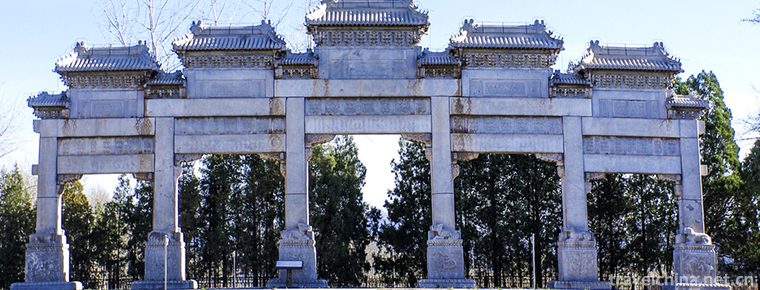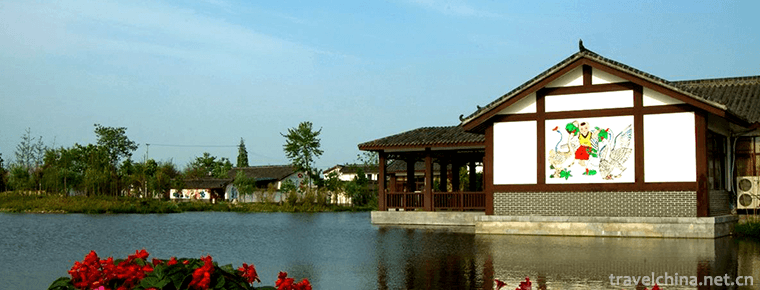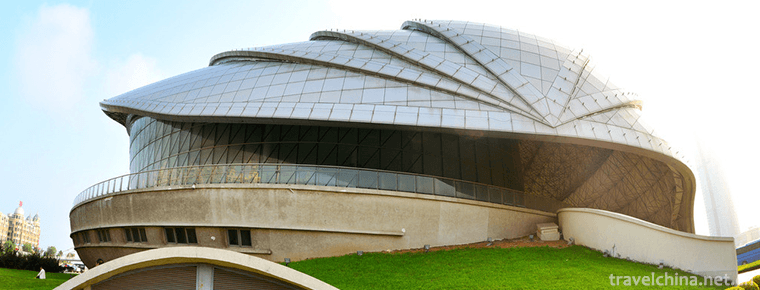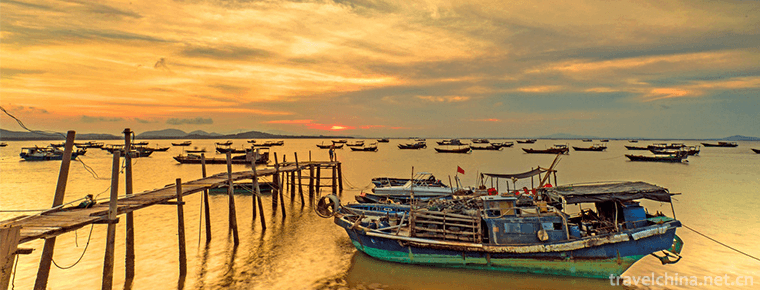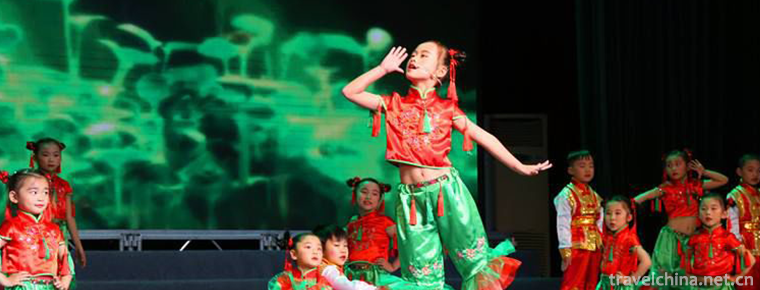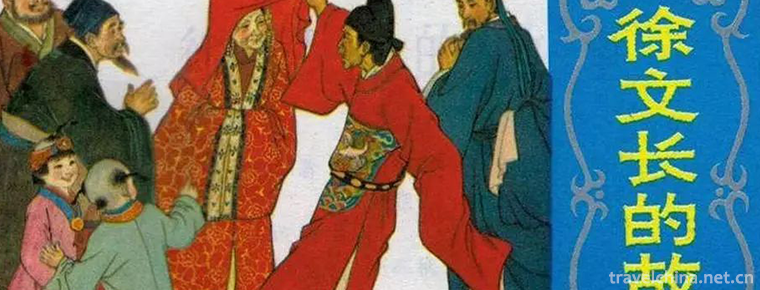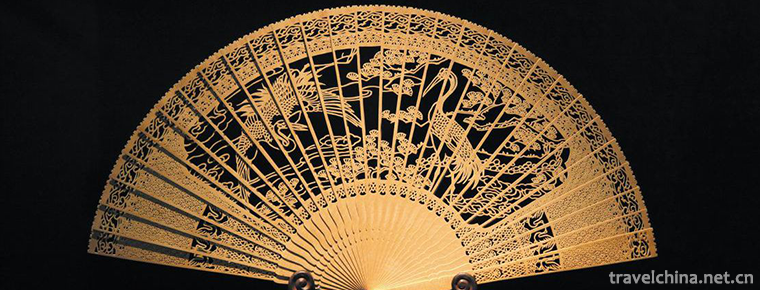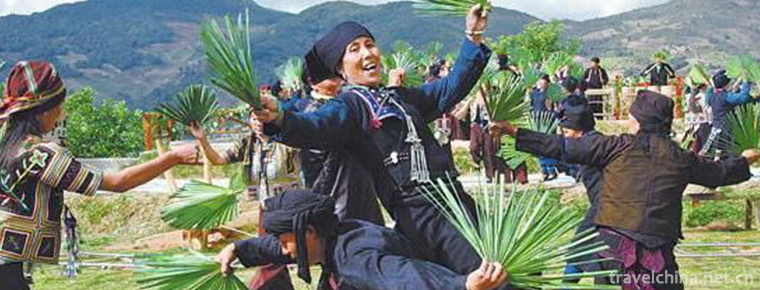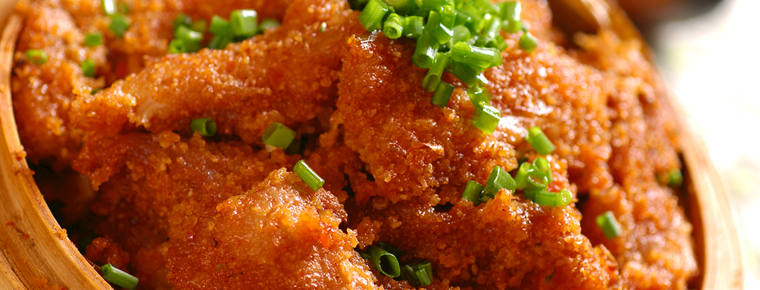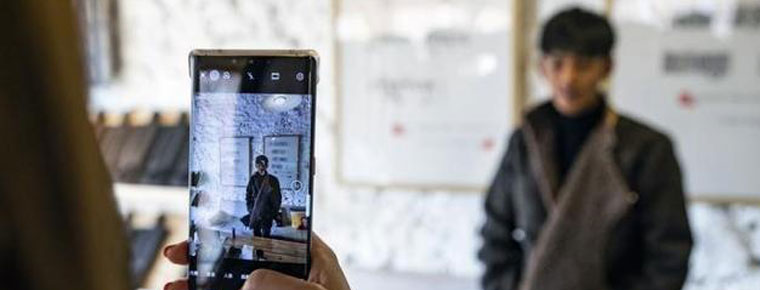Guangan landform
Guang'an landform
The topography of Guang'an City is fan-shaped distributed between the hills and parallel valleys in eastern Sichuan, which belongs to the Sichuan basin bottom extending to the basin periphery gradually. The Huaying mountains, which run through the southeast, divide Guang'an into two geomorphic units. The whole terrain is high in the East and low in the West. The central and western regions are hilly areas, which are part of the "red hills" in Sichuan. The surface is not undulating, and the ravines are vertically and horizontally divided. The Jialing River and Qujiang River flow southward into the Yangtze River in the form of deep bedrock amplification. The exposed strata are mostly composed of Jurassic sandstone and mudstone with gentle shape. In the East, it is a parallel valley low mountain area, with altitude ranging from 185 m to 1700 M. the highest peak of Huaying Mountain is 1704.1 m, and the lowest point is Yulin River Valley with water level elevation of 185 M. Huaying Mountain, Tongluoshan mountain and Mingyue Mountain are distributed in NE direction at a distance of 8-15 km. There are two narrow, long and wide valleys between the three mountains. Dahong River and Yulin River run through the bottom of the valley from north to south, and flow into the Yangtze River through Changshou District and Yubei District of Chongqing. There are horizontal terraces on both sides of the river, and paddy fields are in patches. The geomorphology includes four types: shallow hill belt dam landform, low mountain deep Hill landform, middle hill middle Valley landform and parallel ridge valley low middle mountain landform. There are Huaying Mountain range, Tongluo mountain range and Mingyue Mountain range. There are 12 main peaks, including Gaoshan mountain, Baoding mountain, luoran mountain, Tianchi mountain, Yakuai mountain, Xianglu mountain, Wanfeng mountain, Ma'anshan, Wuhua mountain, Gucheng mountain, Jincheng Mountain and Laisu mountain. There are also canyons and troughs in Huaying mountain, Tongluo mountain and Mingyue Mountain range.

Guangan landform
-
Ming Ming Dynasty Tombs Scenic Area
Ming Tombs, World Cultural Heritage, National Key Cultural Relics Protection Units, National Key Scenic Spots, National AAAAA Tourist Scenic Spots.
Views: 216 Time 2018-11-24 -
Mianzhu New Year Picture Village Scenic Area in China
New Year Picture Village is located in Xiaode Town, South Gate of Mianzhu City, Sichuan Province. It is located between De'a Highway and Chengqing Highway, 73 kilometers away from Chengdu and within o
Views: 210 Time 2018-12-22 -
Dalian Modern Museum
Dalian Modern Museum is located at No. 10 Convention and Exhibition Road, Shahekou District, Dalian City. It is located in the northwest side of Xinghai Square. It is the first comprehensive museum na
Views: 121 Time 2019-01-07 -
Hailing Island Dajiao Bay Sea Silk Road Tourist Area Yangjiang City
Dajiaowan Scenic Area of Hailing Island in Yangjiang is located in Zhapo Town of Hailing Island, Yangjiang City, Guangdong Province.
Views: 131 Time 2019-01-13 -
Dang Tu folk songs
Dangtu Folk Song is one of the national intangible cultural heritages of the local traditional music in Ma'anshan City, Anhui Province.
Views: 258 Time 2019-04-25 -
Xu Wenchangs Story
The story of Xu Wenchang takes the history of the middle and late Ming Dynasty as the background. From the legend story of Xu Wenchang's youth, "Taking things from the pole", it has been tol
Views: 159 Time 2019-07-09 -
Fan making Techniques
Suzhou Fan is a special product of Suzhou. It is famous for its elegance, delicacy and artistic characteristics. Including folding fan, sandalwood fan and silk Palace fan, collectively known as "
Views: 161 Time 2019-07-25 -
Brown Fan Dance
On the day of the grand Brown fan dance festival, adult men gather in groups on a square with their own delicacies and rice wine every day, and hold a large-scale Brown fan dance activities by arrangi
Views: 396 Time 2019-08-16 -
Steamed pork with rice flour
Yuan Mei, a Qing Dynasty poet of steamed pork with rice flour, is a Jiangxi dish in Suiyuan food list. It belongs to a variety of cuisines in southern China (such as Sichuan, Chongqing, Hunan, Anhui,
Views: 189 Time 2020-03-22 -
A city with a fire by one Cold thinking behind Ding Zhen hot
With the popularity of microblogging for nearly seven months, the popularity of microblogging has been created for a long time. At the same time, the hometown of Ding Zhen, Litang County, Ganzi Tibetan Autonomous Prefecture, also ushered in several times the search volume and real gold and silver tourism orders.
Views: 98 Time 2020-12-07 -
Luzhou Medical and health
By the end of 2018, there were 46 primary health institutions and 39 other health institutions in the city, including 46 primary health institutions and 1 professional health institution. Among the hospitals, there are 97 general hospitals, 15 TCM hospitals and 35 specialized hospitals
Views: 136 Time 2020-12-14 -
Nanchong first industry
In 2019, the sown area of grain crops in Nanchong is 558000 ha, which is 0.15% lower than that in 2018. The sown area of oil crops is 152000 ha, an increase of 1.9% over that in 2018. The vegetable planting area is 154000 hectares, an increase of 3.9% over that in 2018.
Views: 373 Time 2020-12-17
